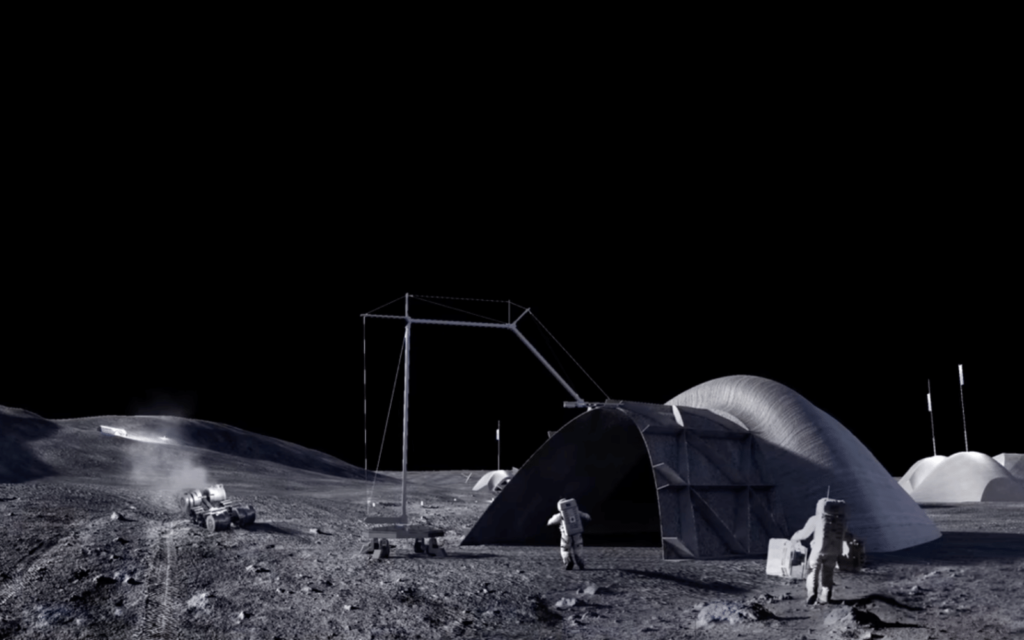If you’ve ever wondered when humans might exist on a planet not our own, wonder no more. There’s a working design for a lunar base out and about. Designed by a company called AI SpaceFctory and engineers from NASA’s Kennedy Space Center, humans might one day live off-world in one of these.
The lunar base design is called LINA, and is designed to house humans on the moon. And, unlike most Earth architecture, it accounts for aesthetics as well as functionality.
Lunar base of operations
The curved buildings that make up these bases were created with a specific part of the moon in mind. AI SpaceFactory, the winner of a NASA competition to create 3D-printed lunar bases, hopes to set these buildings up at the moon’s South Pole. The reason for this? Enough sunlight for solar power, and enough shade to harvest water. It’s practically paradise, as lunar locations go.
It’s also, if you’ve been paying attention, right where the Artemis program is looking to set up a human presence. LINA buildings will hopefully be waiting for astronauts when they arrive. The buildings will be built by autonomous robots, using a form of additive printing. The building material? Lunar regolith, combined with a polymer material that’ll hold it all together.
Read More: NASA sends a regolith 3D printer to the ISS to test its viability for the Artemis lunar program
The domed design allows for substantial strength without being overly complicated. An autonomous 3D printer… isn’t the smartest thing you’ll ever encounter. There’s no point in asking it to create en suite bathrooms and the like. Not when you’re putting together houses from advanced spit and moon dust.
When finished, the domed buildings will be topped with almost three metres of lunar regolith. This is to provide extra protection from radiation, very small (and very fast) rocks, thermal changes, and lunar earthquakes. In other words, the buildings making up the lunar base of the future will look like military bunkers, as imagined by Ray Bradbury.
AI SpaceFactory has another design, MARSHA, intended for construction on Mars. If successful, that silo-shaped building could one day host humans on the red planet. First, though, is a trip to the moon.




